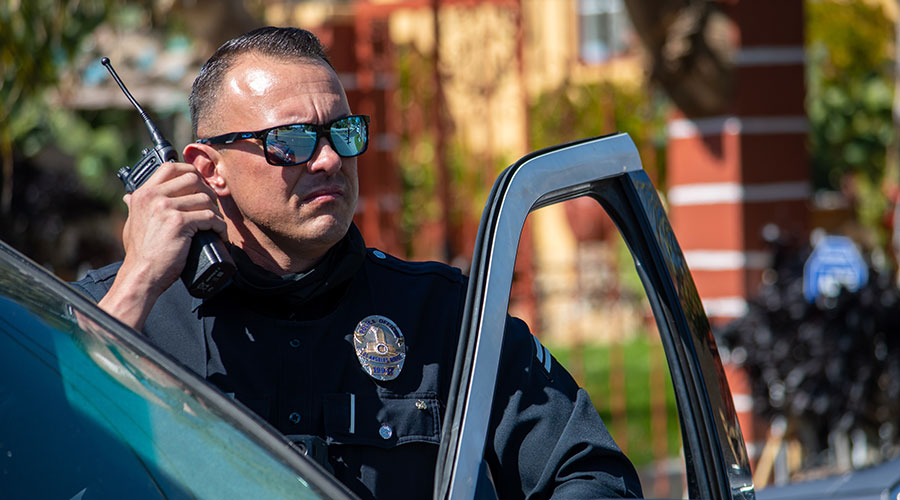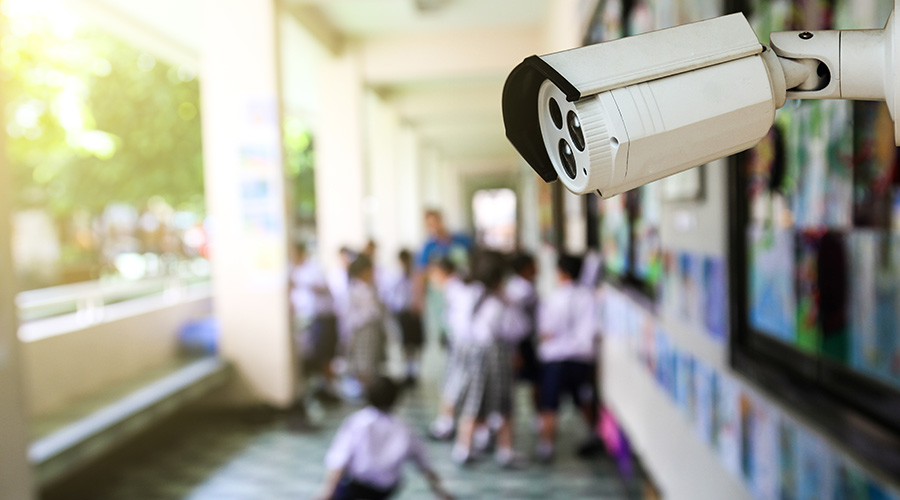Combatting Swatting Incidents in Universities
As one expert shows, swatting incidents can create chaos even if they are only found to be pranks.
By Dave Lubach, Chief Editor
Earlier this year, swatting incidents made headlines at such educational institutions as Villanova University, USC and the University of Massachusetts at Lowell. While swatting incidents are typically false alarms, they create panic and fear while forcing local and campus police to respond to incidents.
Swatting incidents can divert emergency responders and campus officials from potentially addressing actual incidents that can snowball into bigger tragedies.
National security expert Brian Higgins recently talked with Dave Lubach, the chief editor of the facilities market, about the dangers of swatting and how even a prank situation that turns into nothing can produce damaging effects on a campus.
Higgins is the founder of Group 77, which provides security assessments, planning, training and consulting services for clients. He is also an adjunct faculty member at John Jay College of Criminal Justice and the former chief of police and director of public safety for Bergen County, N.J.
FacilitiesNet: Are swatting threats on the rise, or is there more attention being paid to them now?
Higgins: What we’re seeing now is usually they’re in clumps. So, this time last year (around October 2024), we saw synagogues and Jewish schools targeted (after Hamas terrorists invaded southern Israel on October 7 and killed thousands of Israelis and took hundreds more hostage). This past fall in August we saw a bunch of schools, and I’m not sure if they were clumped or targeting historically black colleges. It seems like they are a little more targeted, but in larger groups as opposed to individually. I would say they are on the rise.
FacilitiesNet: Are there any trends that can help you understand why they happen and why certain facilities are involved?
Higgins: I don’t think anyone has gotten down to the nitty-gritty to understand why colleges were picked recently, but you can go through a whole host of reasons. People have issues with colleges for whatever reason — the way they teach, whatever. But then there’s the one-offs. You have those people who want to get even with somebody and cause a problem. The scary part is the way these things first started was there would be this SWAT team response and respond so heavily that you would react, be afraid and they would shoot you. That was the intent — to really get someone hurt. Now we see the cause is not necessarily to get somebody hurt, it’s to be a drain on the police departments that cause disruption to the school or whatever the organization.
FacilitiesNet: What are the financial and societal impacts of swatting events on the organizations and people who experience them?
Higgins: They’re massive, very expensive, and they don’t just affect police departments. But if you start with the police department, there’s a lot going on in the background that we don’t see. You have to start building your communication network. When I was still working, we traveled with a communications team, and they built a mobile mesh network so that we didn’t have areas where we couldn’t communicate.
In a tactical situation, you have to be able to touch base. Now we have cameras, drones, and remote vehicles. They all need connectivity. It costs a lot of money to build that little network.
Quite often, people are being called in for overtime or held in on overtime. The costs can’t be overstated. Then you think of ancillary things. People can’t get deliveries or send things out. They can’t get to work. There have been instances where ambulances have been called to the scene, and they ended up being late.
FacilitiesNet: How can managers prepare their facilities for swatting incidents and minimize any potential chaos that’s created?
Higgins: I’m seeing a trend now in schools where they don’t do a complete building lockdown. There is a product out there that’s color-coded, so if you have a threat of a shooter or somebody entering the front part of the building, they lock down that area of the school and everybody else in the school gets notified that a lockdown occurred. Cameras are a big help. If there’s an active shooter in the building, those cameras will tell you right away. Most importantly, everybody in your organization is part of your security system, so you have to constantly train them and have a toolbox of things they can do, like calling the authorities. Train employees on what they will do in an emergency – like if they call 911, what information will they want?
Dave Lubach is the chief editor of the facilities market.
Related Topics:












